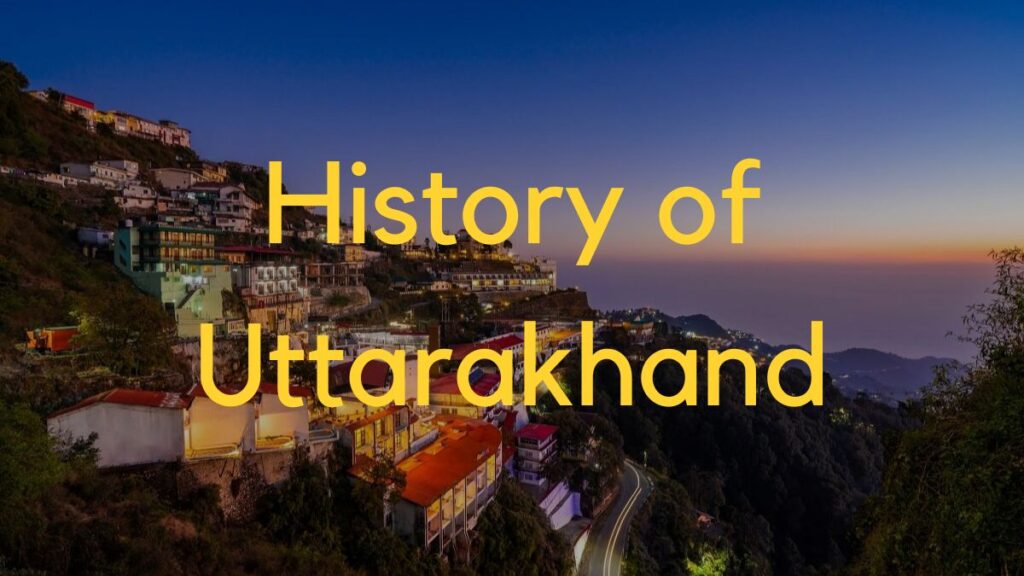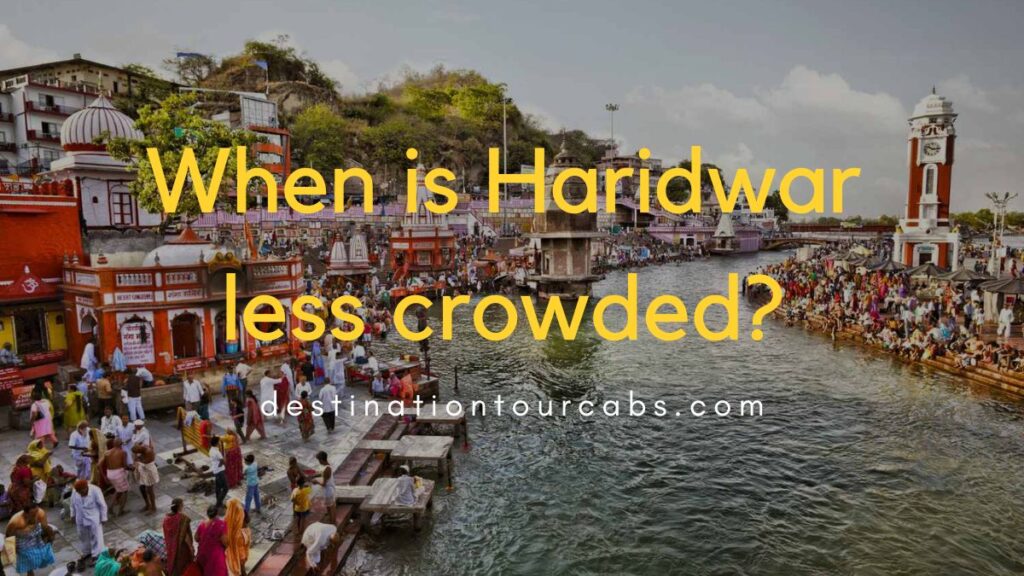The mountains of Uttarakhand hold centuries of captivating history and lively culture, but this “Land of Gods” is often overlooked by tourists focused only on the Himalayas. Beyond the snow-capped peaks, Uttarakhand’s past is painted across caves and carved into temples, whispering tales of early kingdoms, artistic traditions, and moments of defiance that shaped India.
This blog will uncover Uttarakhand’s layers of history and the resilient spirit of its people. Learn about the region’s prehistoric rock art, trace the rise and fall of dynasties like the Katyuri, and relive the state’s hard-won independence movement. From the Neolithic period to today, Uttarakhand has been shaped by stories of sages, soldiers, and everyday citizens—stories you will glimpse in this vivid journey through the centuries.
Expect a thrilling trip back in time, woven with anecdotes of influential figures and artistic marvels that generations have left behind. This rare look into Uttarakhand’s history will unveil how key eras and events transformed the region’s society and culture into the captivating landscape it remains today.
Prehistoric Period
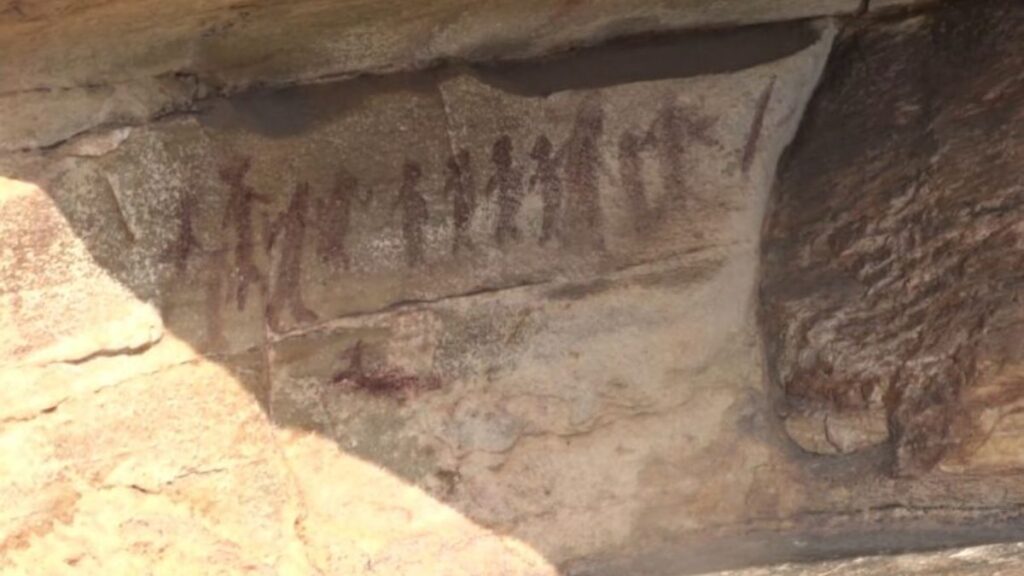
The prehistoric period in Uttarakhand is evidenced by rock paintings and rock shelters found across the region. The rock shelter of Lakhu Udyar in the Pithoragarh district contains paintings dating back to the Mesolithic period, indicating human settlement. Other prominent sites are the rock paintings in Singahi, Ganodi, and Devrikhurpa. These paintings and artifacts provide insights into the life of prehistoric humans in the region.
Earliest Kingdoms
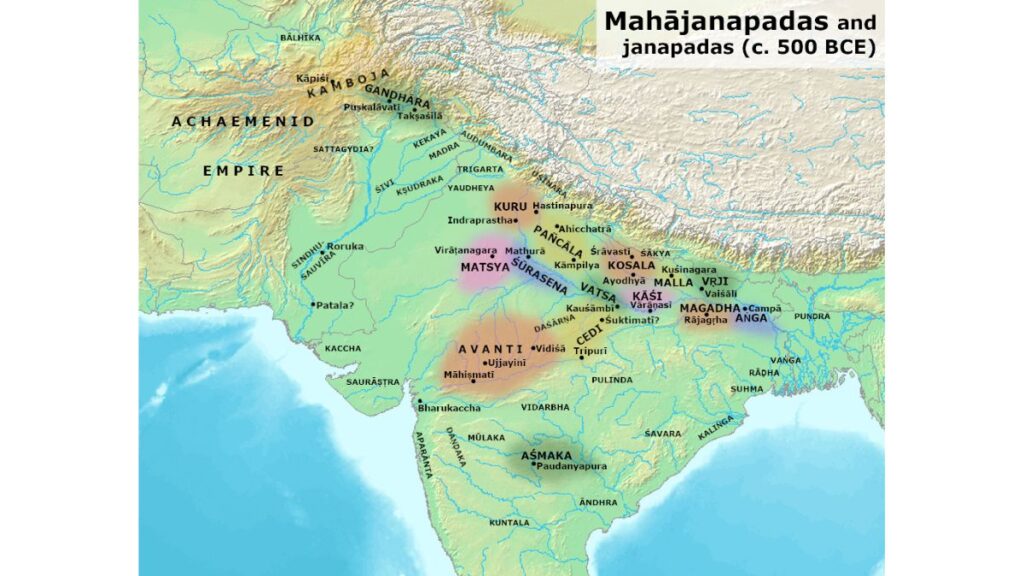
Some of the earliest kingdoms mentioned in ancient Hindu texts are located in present-day Uttarakhand. The Mahabharata refers to the regions of Uttarakuru and Audumbaras located in Uttarakhand. The Katyuri dynasty ruled over the Katyur valley during the 7th-11th century CE. They had a stronghold in Baijnath, and their rule extended from the river Gomati in the east to the river Sutlej in the west. The Chand dynasty was another prominent ruling family based out of Champawat in Kumaon during the 11th century CE.
Medieval History
From the 7th to 14th century CE, Kumaon and Garhwal came under the rule of the Kannauj, the Palas, the Chand Kings, the Panwar Kings, and the Katyuri dynasty. Temples from that period, like the Jageshwar temple complex and the Katarmal Surya temple, still stand tall in the region. Between the 13th to 18th centuries, different Rajput dynasties like the Parmars, the Chands, and the Garhwal dynasties established their rule. The Katyuri dynasty produced renowned scholars like the polymath philosopher Vallabhacharya.
Gorkha Invasion and British Rule
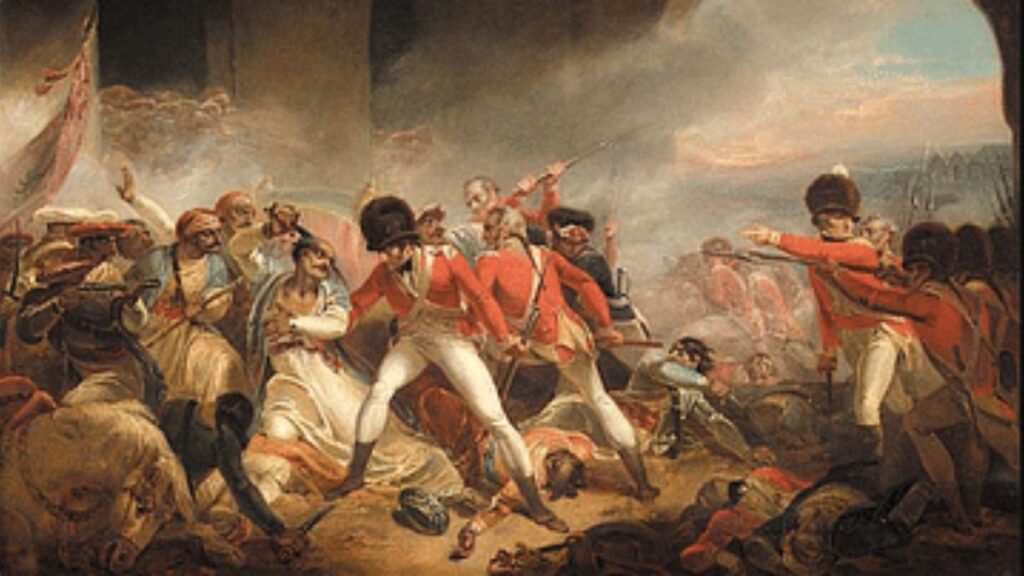
In the late 18th century, the Gorkhas from Nepal invaded Kumaon and Garhwal. They were successful in capturing some parts, like Almora and Srinagar. But they were defeated later by the East India Company troops in the Anglo-Nepalese War of 1814-16. Subsequently, Kumaon and Garhwal came under British rule, which replaced the erstwhile kingdoms.
Role of Uttarakhand in Freedom Struggle
- Uttarakhand people played vital role in India’s freedom struggle from 1857 to independence
- 1857: Kalu Singh Mehra known as first freedom fighter; secret organisation “Krantiveer” formed in Besung Champavat
- 1870: Debating Club set up in Almora to spread freedom awareness
- 1886: Jawala Dutt Joshi participated in 2nd Congress session in Calcutta
- 1903: Govind Ballabh Pant started Happy Club in Almora to organise political awareness
- 1912: Almora Congress setup to propagate political awareness
- 1914: Home Rule League movement started by Victor Mohan Joshi, Badrinath Panday, Chiranzi Lal and Hemchandra
- 1916: Kumao Parishad formed by Govind Ballabh Pant, Hargovind Dutt and Badri Dutt Panday against issues like Kuli Begar
- 1926: Kumao Parishad merged with Congress
- Gharwal Congress Committee formed by Mukundi Lal and Ansuiya Prasad Bahuguna
- 1919: Participated in Amritsar Congress session
- Salt Satyagraha participated by Vimla, Janki, Bagirati, Shakuntala, Savitri and Padma Joshi
- Tiranga flag hoisted in Almora municipal house by Vishni Devi Saha
- Malti Devi set up Desh Sewak Sangathan for Quit India movement
- Sarla Ben set up Laxmi Ashram in 1941 and Mira Ben set up Pashulok in Rishikesh
- Newspapers played important role like Almora Newspaper, Sakti, Gharwali, Karambhumi, Yugvani
Uttarakhand Statehood
After India’s independence, the region was part of Uttar Pradesh. However, the people of Uttarakhand long demanded separation owing to geographical and cultural differences. The Uttarakhand statehood movement gained momentum in the 1990s. After prolonged protests and political activism, the Uttarakhand state was finally carved out of Uttar Pradesh and achieved statehood in 2000.
Conclusion
Uttarakhand’s unique culture and way of life have been shaped by its eventful history stretching thousands of years. The region’s magnificent landscape, holy shrines, and artifacts stand testimony to its rich past. From its origin as home to some of the earliest human settlements to achieving modern statehood, Uttarakhand continues to preserve its distinctive heritage.
